Effective communication is hard. Period. In the best of circumstances, it’s hard. Now, add moments when emotions are running high, facts are unknown, the media is sensationalizing the story, and stakeholder demands are pouring in.
In times like these, times of viral issues and crisis management, we know that, amongst other things, communicating with transparency and compassion is key. This is not new advice. Crisis Communication experts have been advising this for years.
Even still, as we watch mass casualty crises, risks, and threats unfold around the world, this advice continues to prove to be easier said than done—and these days there’s an additional level of complexity that has been added to the mix.
Due to the way our society continues to evolve, the type of transparency that has become not just an expectation but a requirement adds to the challenge. What type of transparency am I referring to here? The type that includes the courage to be vulnerable.
The Ingredients for Successful Crisis Management
Successful crisis management requires the right actions and communications to be effected simultaneously and in the right timeline—and the communication component of this is the trickiest and the most challenging on multiple levels.
Effective crisis communication requires a delicate balance of three things: reassurance, hope, and courage.
Providing reassurance and hope are the pieces that have always been there. They’re challenging in and of themselves, but they’re not new. It’s the courage piece that is new and counter-intuitive to the way businesses have historically been run and how leaders have historically shown up.
What Does it Mean to Have Courage in your Crisis Communication?
Essentially, what I mean by courage is having the courage to show up as a human being who has emotions.
This. Is. Hard. Because it’s vulnerable.
Vulnerability takes great courage and is counter-intuitive to how we have been societally programmed to view business and “strong leadership”.
Historically, business and “strong leaders” prefer to be seen as stoic, self-assured, confident, unwavering, with certainly no space for showing or having emotion. Emotion has been internalized as “weak”. Who wants to follow an emotional leader? Who will invest in an organization run on emotion?
But here’s the thing and let’s not get confused: there’s a difference between being emotional and having and showing emotion.
One of my favorite Crisis Ready Rules is:
“Communicating openly and honestly in a crisis can be vulnerable and uncomfortable. It is also relatable and trustworthy.”
It’s easy to hide behind stoicism and ego. It’s incredibly difficult to show up as a (potentially flawed) human being who recognizes their own set of emotions—e.g., fear, anger, doubt, etc.—and who chooses to allow themselves to lean into those emotions, using them to strengthen their leadership and the connection they share with their stakeholders.
Choosing to Lean Into this Type of Courage
Being open to this and pushing yourself to adopt this level of courage into your leadership and crisis communications is far easier said than done. It requires unlearning a whole lot of programming that has been instilled within us for decades and generations. It requires adopting a level of self-awareness that can feel uncomfortable, and pushing through the instinctive self-protection mechanisms that the majority of us have worked a lifetime to build to protect ourselves from precisely this.
It requires a deep understanding of emotion, how it shows up, plays, and impacts crises and effective crisis response, and it requires a commitment to actively strengthening your skills of compassion, empathy, connection, and language.
And here’s the thing…
It’s a challenge that’s worth the journey. It changes the game. It empowers you as an individual and an organization, and it enables you to connect in powerful ways to those you lead.
It’s a piece of what I’ve been referring to as the “New Rules of Crisis Communication” and it’s a large part of what I’m excited to share in our upcoming Crisis Ready Course on Honing Your Crisis Communication and Crisis Leadership Skills, which kicks off on September 8th.
Within this course, we’ll explore the depths of the intricate and delicate dance of balancing reassurance, hope, and courage in your crisis leadership and crisis communications, we’ll provide resources and tools to help you begin to unlearn and then strengthen and hone these skills, and we’ll have a lot of fun while we’re doing it!
If you’d like to learn more about this course, click here.
Have You Experienced this Type of Leadership Courage?
I’d love to hear from you. What are some examples where you’ve seen leaders show up with the courage to be vulnerable while leading through a crisis? How did that impact your response to the given leader and the results of their crisis communications? Share your experiences below and let’s keep this conversation going!
Founder and CEO of the Crisis Ready Institute, Melissa Agnes is the author of Crisis Ready: Building an Invincible Brand in an Uncertain World, and a leading authority on crisis preparedness, reputation management, and brand protection. Agnes is a coveted keynote speaker, commentator, and advisor to some of today’s leading organizations faced with the greatest risks. Learn more about Melissa and her work here.


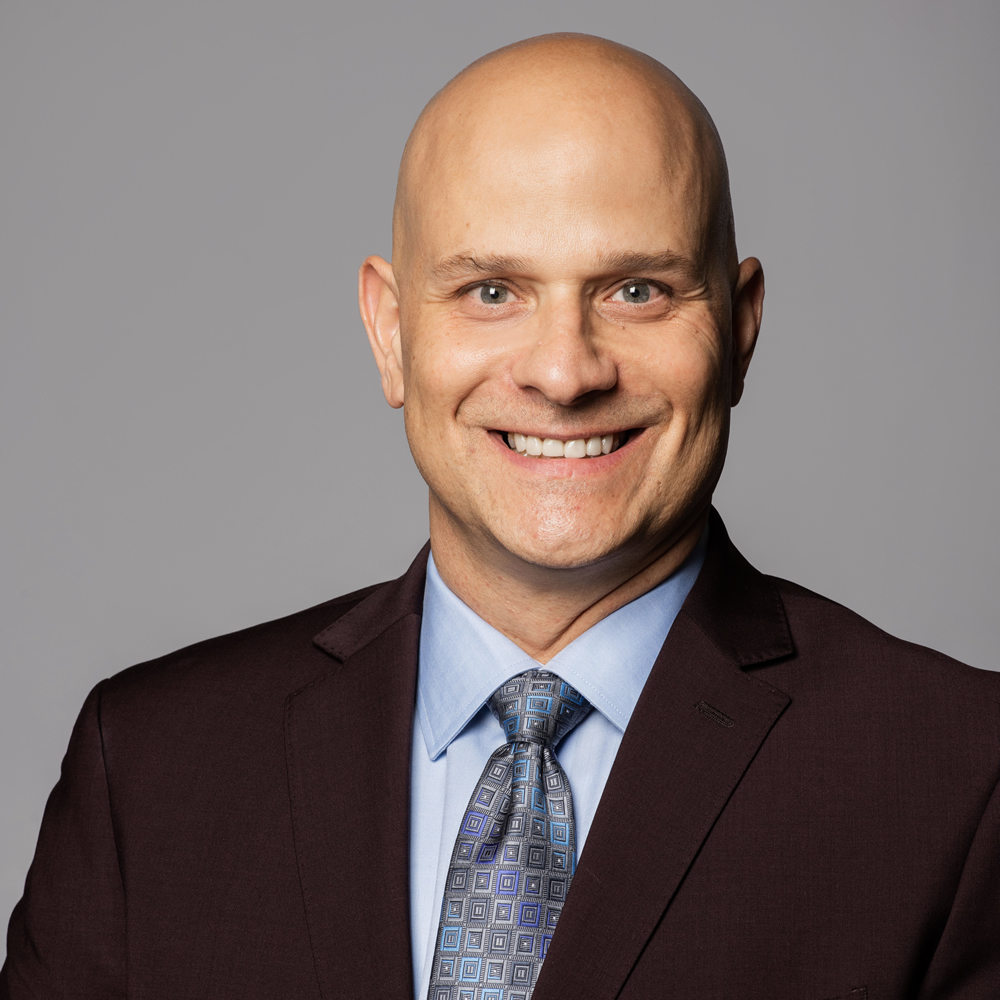

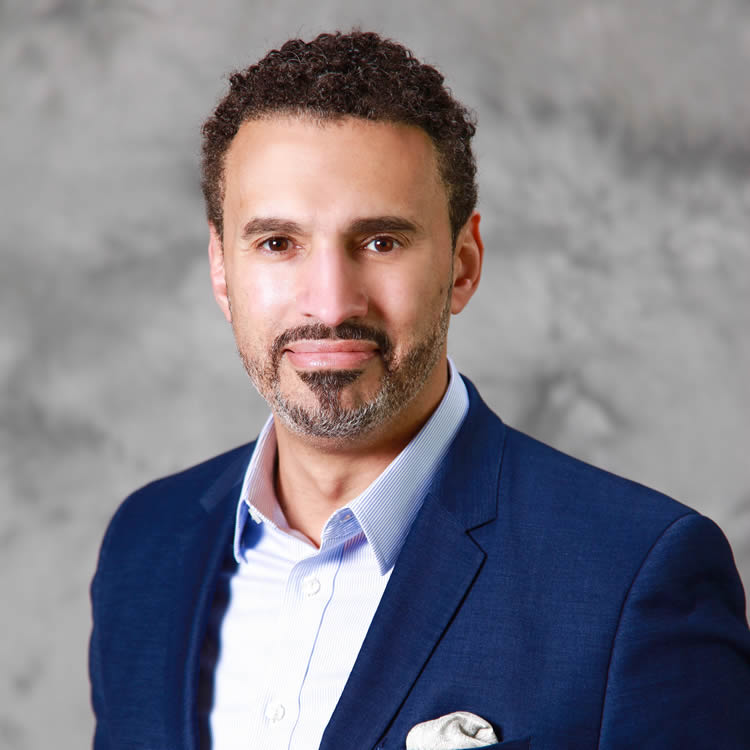
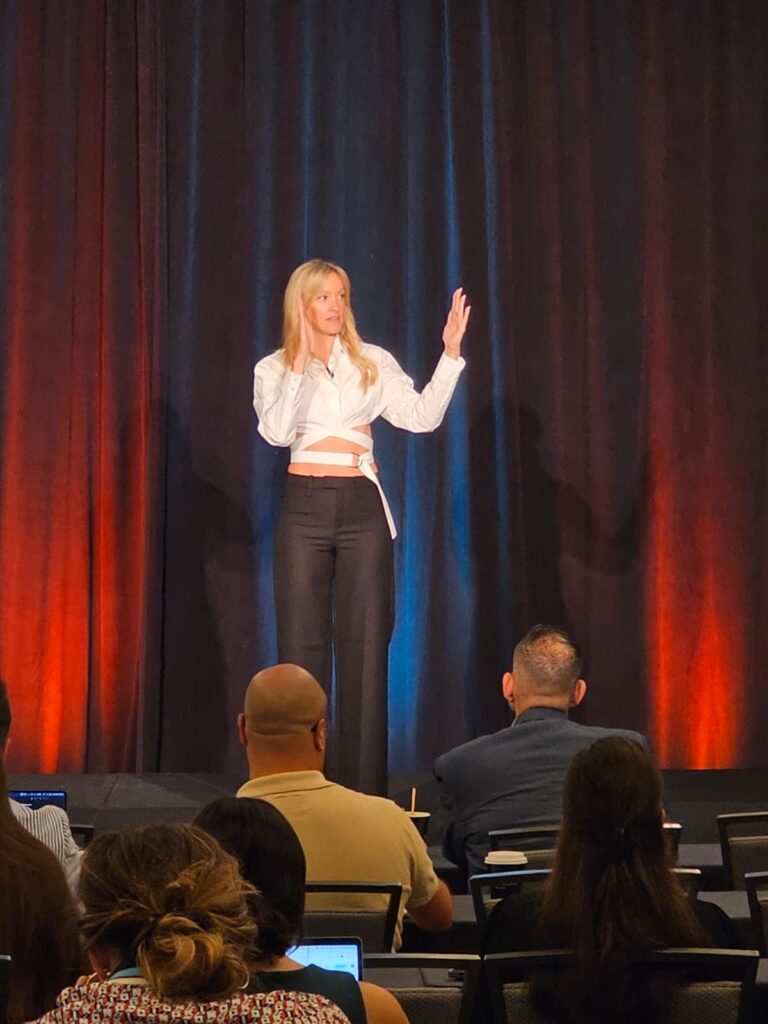

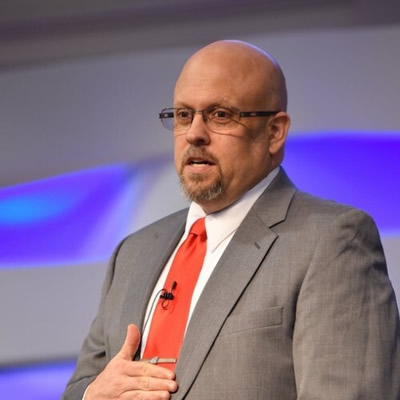
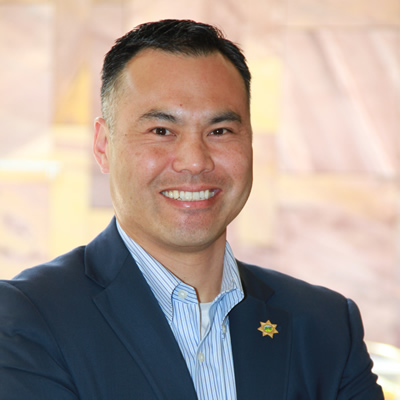

One Response
It is so very true! Melissa Agnes is – once again– 100 percent insightful with her comments about vulnerability and being human- always and especially when we are communicating during a crisis: whatever that situation might be. A few thoughts I’d like to add based on my own communications lessons learned:
– PR and comms pros- along with industry/org/NGOs- whatever are not necessarily the ones who determine if a situation is a crisis. Those in the throes of a situation determine if it is a crisis. I once blithely went into a community meeting to explain a new program to a group without knowing that what my org (government department) was proposing and moving ahead with was seen as an enormous threat, and yes, a crisis.
– A crisis is no time for an org to figure out “who” it is. Values drive action- especially in a crisis.
– Communicating regularly and frequently- more often than you may think you “need to” is critical.
– Finally to echo and reinforce Melissa’s ongoing message: create an organization that is built to respond, not merely check off the boxes where it says: continuity plan; crisis communications plan
I salute Melissa Agnes and her team for the work they are doing, and the information they share with us all.
L. Nadine De Lisle